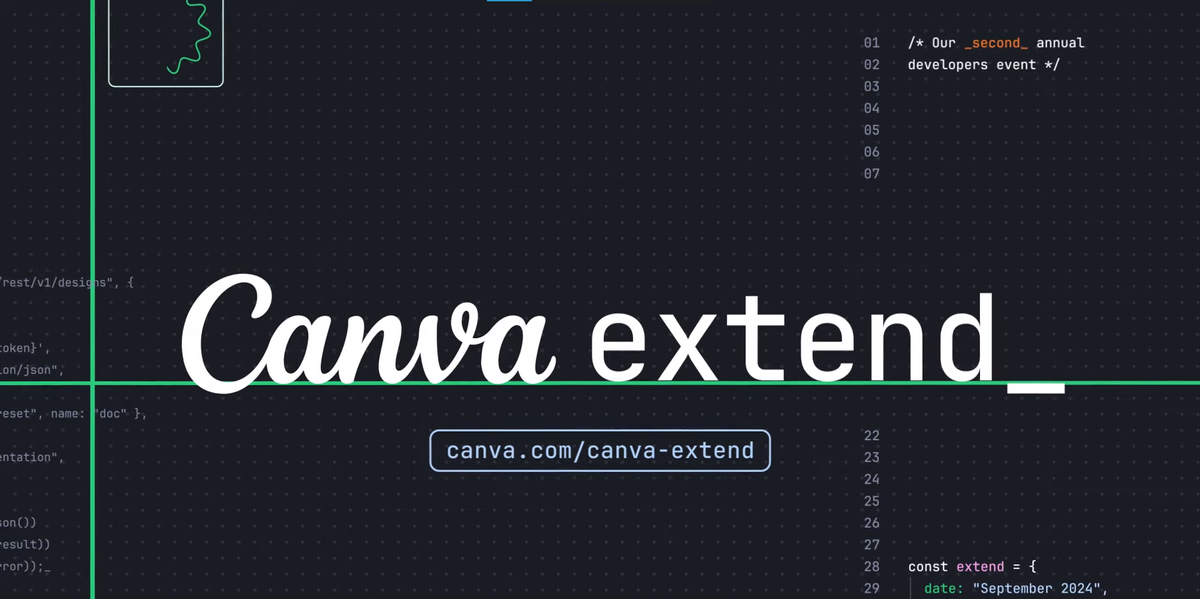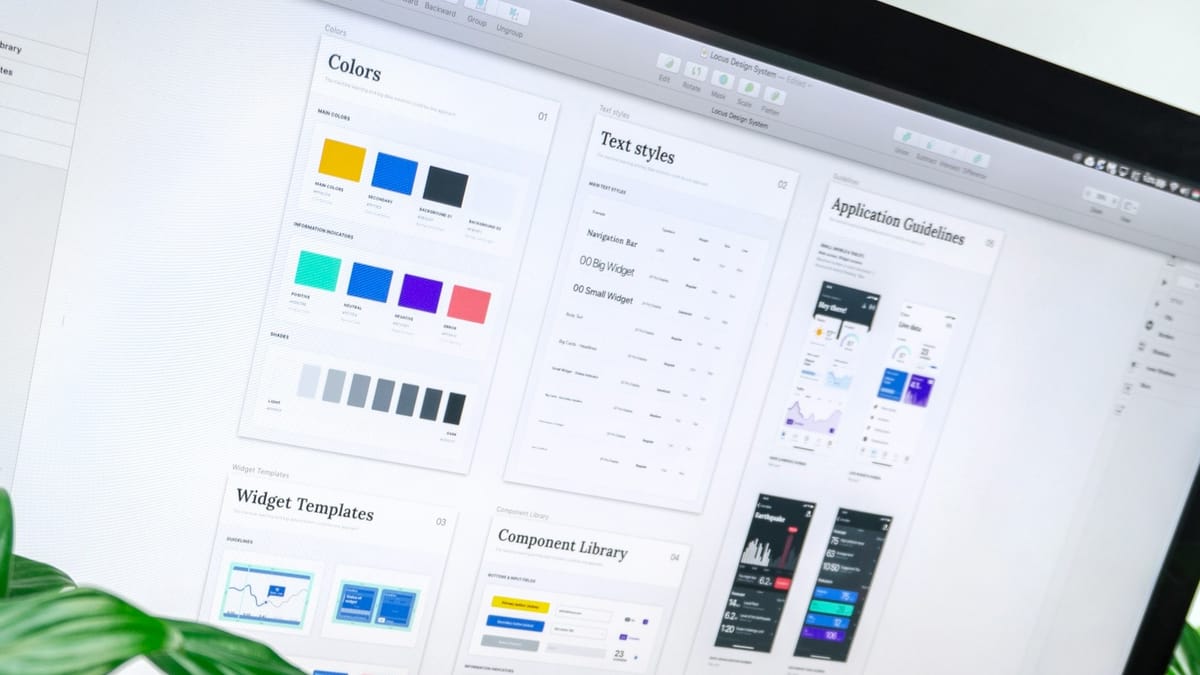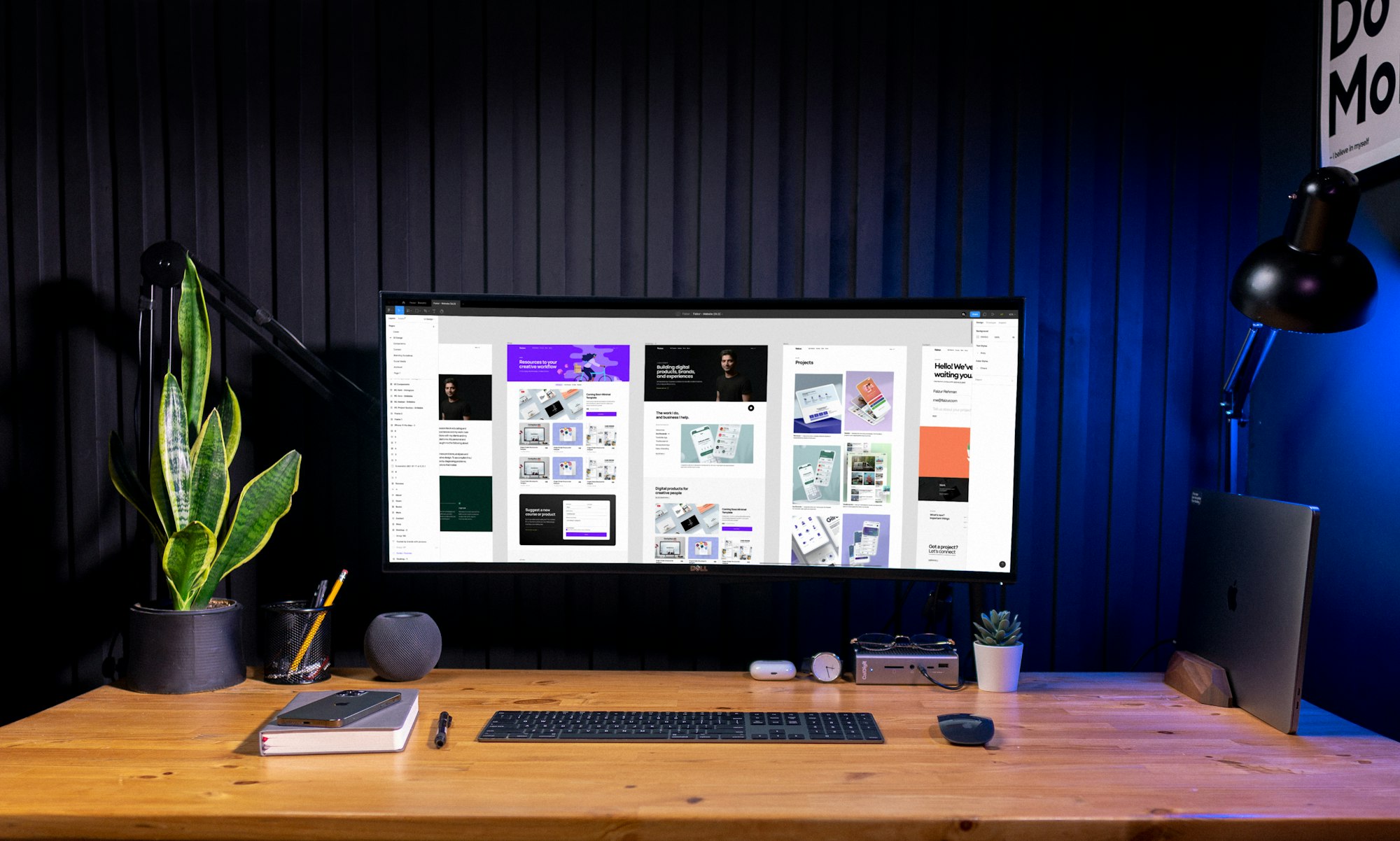How Canva wants to become the visual operating system for the workplace
The company has rolled out a major upgrade to its Visual Suite.
Canva doesn't want to be just a design tool any longer. It’s going after Microsoft, Google, and Adobe all at once as it expands its suite of applications with AI functionalities.
The company just rolled out a major upgrade to its Visual Suite, bundling in everything from AI-powered spreadsheets and image editing to code generation and chatbot support. It is Canva’s boldest move yet to become the all-in-one workspace for creative and business teams alike.
The new Visual Suite 2.0 blends design and productivity into one interface, making it possible to build presentations, documents, websites, animations, and apps without ever leaving the platform.
Canva says this unified approach eliminates the usual mess of switching between tools and juggling disconnected files.
One of the key additions is Canva Sheets, a fresh take on spreadsheets software. It allows users to pull in numbers from platforms like Google Analytics, HubSpot, or Statista. The tool can then highlight trends and generate visual reports or animated charts using a new “Magic Charts” feature. It’s built for people who want insights to be both functional and visually engaging.
Another addition is a conversational Gen AI chatbot called Canva AI, which brings all of Canva’s generative AI tools into one window to make them easier for users to access quickly. Similar to other chatbot capabilities, it supports content generation, image creation, layout suggestions, and design automation.
Meanwhile, Canva is also diving into software development. A new AI coding assistant, Canva Code, introduces basic app-building to the platform. Users can describe interactive elements like maps or calculators, and Canva will generate them without the need for external development tools. The feature is powered in part by Anthropic and integrates directly into the existing Canva workflow.
This is similar to capabilities offered by Gemini Code Assist or the Microsoft-owned GitHub Copilot. But, Canva’s edge is how seamlessly it slots this feature into its broader creative ecosystem.
On the photo editing front, Canva has added features straight out of Adobe’s playbook. Its upgraded Photo Editor can now erase or modify objects in an image and generate backgrounds that match lighting and layout. It’s a direct play to lure users away from Photoshop and Lightroom, especially those who don’t want the learning curve.
With over 230 million users, Canva wants to become the visual operating system for the workplace. It started with social media graphics and slid into presentations and docs. Now, it wants to be the place where marketing, design, data, and even app development come together, with AI quietly powering the whole thing.
Whether it can truly compete with the giants of tech remains to be seen, but as of now, Canva is already making a serious case to be the default platform for how teams get creative work done.













